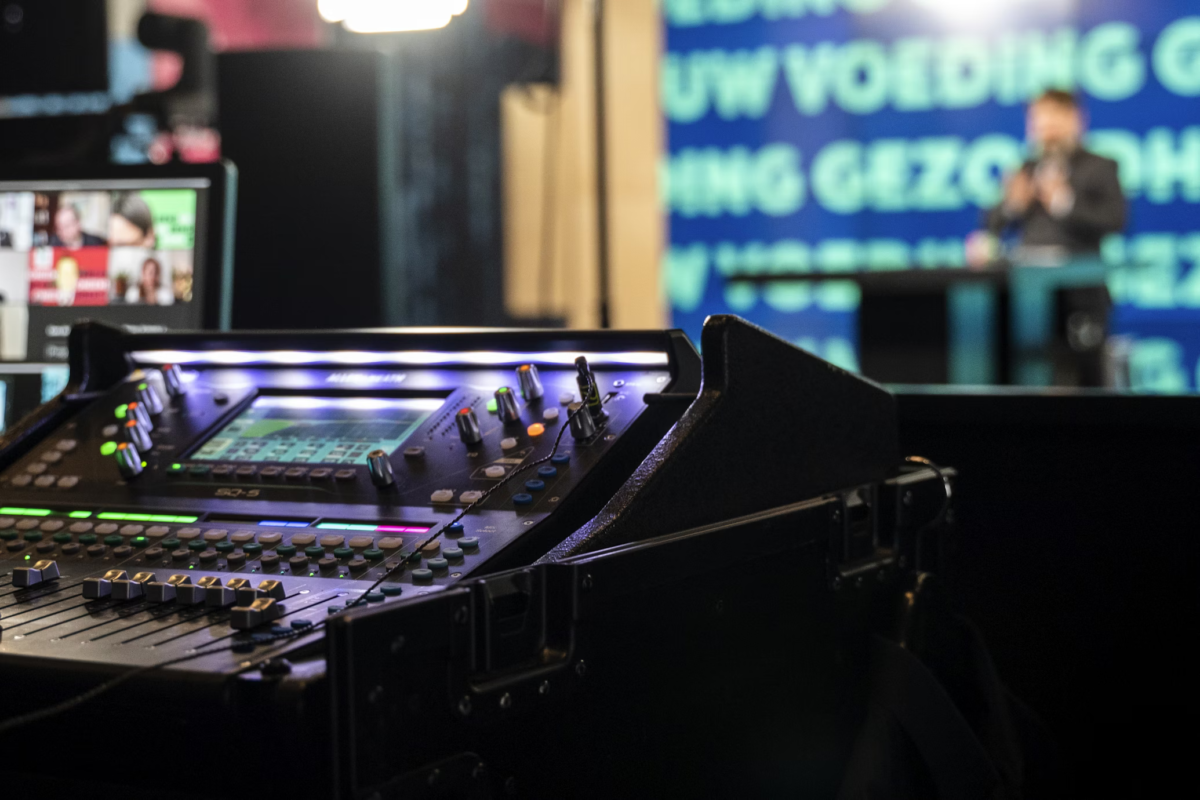Thermal vs. Night Vision: A Never Ending Tussle

Going into the quiet world after dark can be exhilarating and difficult, regardless of whether you’re a wildlife photographer, a security expert, or just someone who enjoys stargazing with a twist.
So, when navigating in low light, you must use specific equipment to ensure safety and maximize your experience.
This is the point at which the argument between thermal imaging night vision goggles and conventional night vision equipment becomes relevant.
Though they serve different purposes in the end, both technologies provide a glimpse into the unknown.
Night Vision Monocular
Another amazing tool that allows us to see well in the dark is the night vision monocular, which lets us see objects, people, and animals that would otherwise be hidden from view.
Night vision technology uses two main methods. Optoelectronic image enhancement is the method that traditional night vision monoculars use to detect and magnify dim near-infrared light (0.85µm) reflected from objects and produce a recognizable green-toned image.
Benefits of Night Vision
1. Cost-Effectiveness
Compared to infrared night vision monoculars, night vision devices are typically less expensive. They are therefore a fantastic choice for consumers on a tight budget.
2. Image Clarity in Ambient Light
Night vision devices can capture detailed, crisp images when there is some ambient light present. This can help with things like reading maps or identifying specific objects that require fine detail recognition.
3. Compact and Lightweight Designs
A lot of night vision gadgets come in lightweight, compact designs that make them convenient to carry around and use for extended periods.
Thermal Night Vision Binoculars
Thermal night vision monoculars are a ground-breaking development in low-light photography. TNVMs do not depend on ambient light, in contrast to night vision. Rather, they pick up heat signals from things within their field of vision. This has allowed them to “see” through smoke, rain, fog, and darkness.
Benefits of Thermal Night Vision Monoculars
1. Unmatched Performance in the Dark
TNVMs perform immaculately in the darkness, allowing you to see the thermal terrain in front of you. They are therefore perfect for security applications, search and rescue missions, and nocturnal exploration.
2. All-Weather Capability
Thermal night vision monoculars are unaffected by rain, fog, or smoke. Regardless of the weather, their capacity to identify heat signatures guarantees unobstructed visibility.
3. Better Hidden Object Detection
Due to their ability to detect heat, TNVMs can recognize objects that are obscured by shadows, vegetation, or camouflage. They are therefore priceless for security, search and rescue, and wildlife observation applications.
4. Extended Detection Range
In comparison to night vision, thermal night vision monoculars usually provide a noticeably longer detection range. This enables users to locate interesting locations or possible threats from a distance.
Is thermal imaging a better option than in the dark?
Each type of technology—thermal imaging and night vision—has special benefits and uses. In the end, the particular needs and intended application will determine which of the two types of infrared monoculars is best.
For instance, thermal vision monoculars are frequently preferred over overnight vision monoculars when hunting or engaging in sport shooting in complete darkness. This is so that you can more easily locate, track, and hit your target without having to spend a lot of time looking for it in the dark since thermal imaging picks up on the heat that the target emits.
When is Night Vision a Good Option?
- Your budget is constrained.
- You work best in areas with some ambient light, such as moonlight or stars.
- A small, light gadget is what you need for convenient transport.
- Accurate recognition of fine details is crucial for your work.
Thermal Monoculars with Night Vision Glow When
- You need to execute at an exceptionally high level in the darkness.
- It is essential to operate in any weather condition (smoke, fog, rain).
- It is vital to identify concealed objects or people who are wearing camouflage.
- Observation over long distances is the main concern.
Wrapping Up
You can choose the thermal imaging night vision goggle equipment that best meets your demands by being aware of the benefits and drawbacks of thermal and night vision monoculars. To choose the tool that will let you confidently expose the night, take into account your unique application, your budget, and the features you want.








